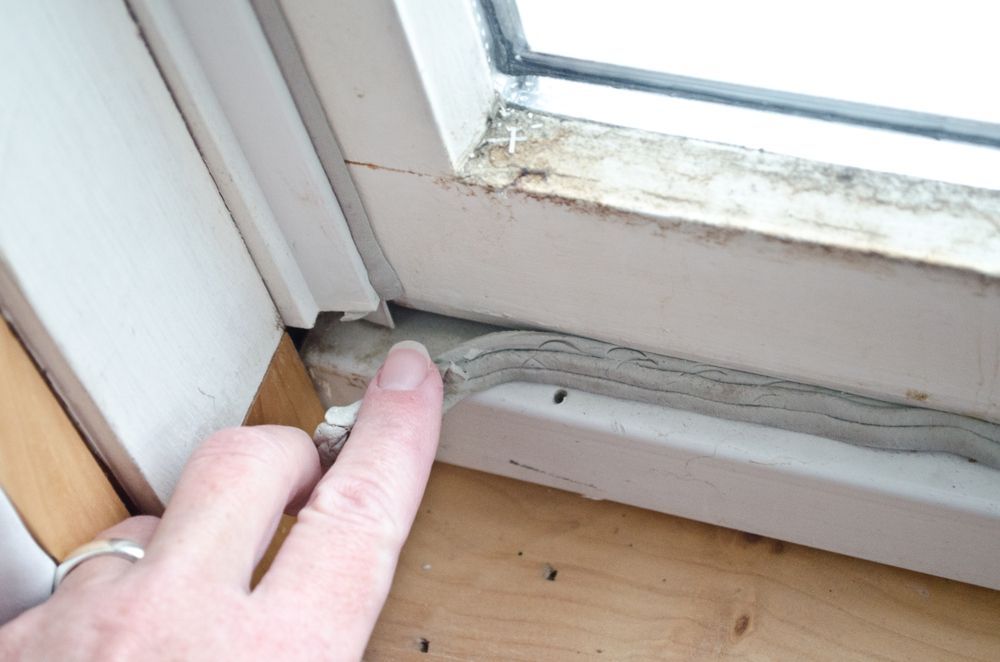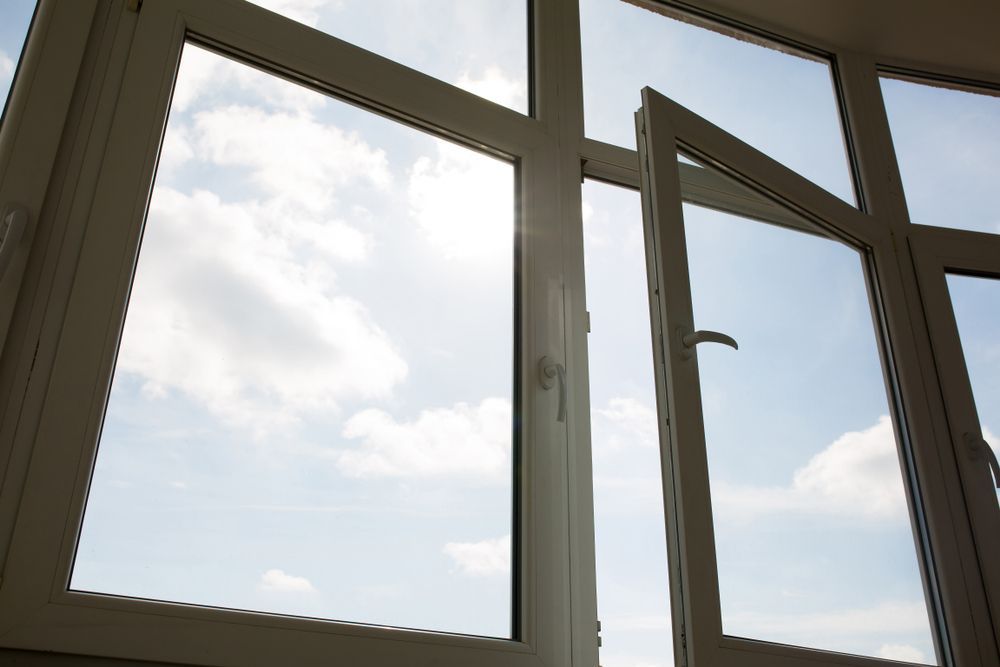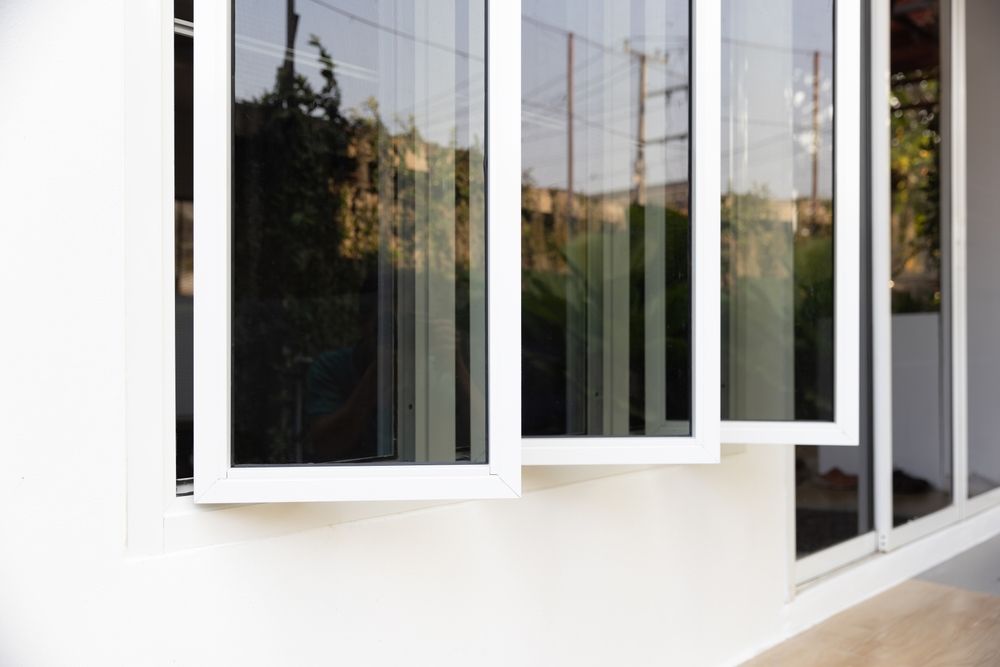Skylights in Sunrooms
January 14, 2019
Share this Article:
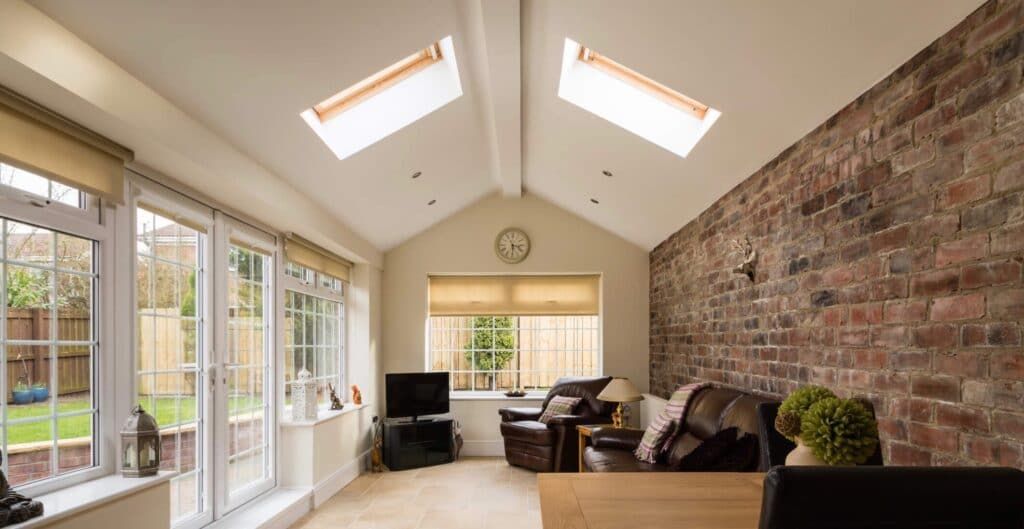
Skylights and sunrooms are the perfect pairing to achieve a passive solar design that uses the sun’s energy for heating and cooling your living space. When designing a sunroom that stays cooler in summer and warmer in winter, passive design principals’ matter. Skylights add unique features and benefits to the design and orientation of your sunroom windows to help capture solar energy and manage the room temperature.
Passive design principals for sunrooms
The ideal location for your sunroom is to face due south (30º E or W) which gives you the maximum potential for solar collection. The goal is at least four hours of sunlight at midday in midwinter. In our northern climate, if you plan to use your sunroom during winter, you may want to investigate a slightly higher U-value or SHGC that will collect more solar heat during winter. Otherwise, opt for Low-E glazing with a low U value of less than 0.3 that will help keep heat gain or heat loss within acceptable levels for year-round use.
Insulate the floor and space above the ceiling. If cathedral, wood or insulated panels are best. Depending on your sunroom location, consider having less glazing (glass) or shaded glazing on the east and west sides of the house to help control temperatures.
Skylights add a passive design feature
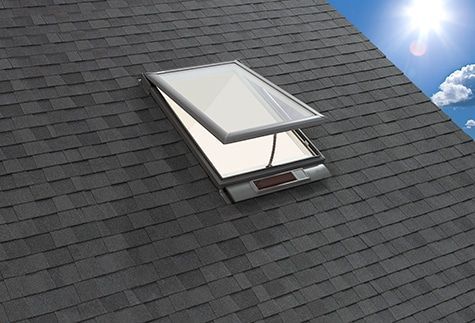
Skylights bring natural overhead light and air into the sunroom and allow for greater flexibility to create privacy without sacrificing natural light. Velux skylights can be managed by remote controls, smart settings such as rain sensor technologies and have special glass to repel rain and grime. Old designs made from low-quality glass or polycarbonate provided poor insulation power and made the sunroom uncomfortably warm during summer months. Suffice it to say, today’s skylights suitable for sunrooms, bear little resemblance to earlier generations of residential skylights.
Velux skylights comply with the “0.30-0.30” standards, that is, a maximum Solar Heat Gains Coefficient (SHGC) of 0.30 and a maximum Thermal Resistance (U-factor) coefficient of 0.30.
Alternatively, you can choose a very low SHGC coefficient (as close to 0.2 as possible) will reduce unwanted solar heat gains to lower levels; and a low U-factor (also as close as possible to 0.2) will reduce heat loss, which is critical in cold climates. Only top skylights like Velux can meet these standards, which are beneficial for sunroom passive designs.
Incorporating Velux skylights with a high VT (Visual Transmittance) value will allow more daylight to enter in your sunroom by positioning the roof skylight in a way that enhances your daylighting design. Vented skylights enhance airflow and can eliminate hot air accumulating in the summer months.
Walls, roof, windows, doors and skylights determine passive sunroom design
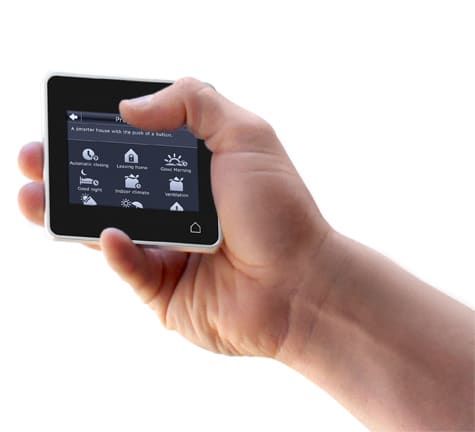
Sunrooms are predominately made up of glass that absorbs the sunlight and warms the interior surface yet, when the sun goes down the warmth is lost back through the glass, which, by itself, isn’t a good insulator. Walls, roof, window styles and skylights all work in concert to promote passive design goals – a cooler sunroom in summer and a warmer room in winter. Structural insulated panels (SIPS) provide an excellent moisture barrier and custom stick-built rooms with insulated walls and roofs with an R value of 20-50 will likewise help maintain temperatures in your sunroom. Windows and doors need to be selected for their glazing, size and framing materials, which support your passive design goals.
Passive sunroom design goals, including integrating energy efficient skylights to enhance your options are well worth the effort. Passive solar design is most affective in southern or sunny climates. Just as you can’t tame a bear, our northern climate is wild with hot and cold extremes, oftentimes in the same day. Always include a mechanical heating and air-conditioning source in your sunroom design.
Connect with Us:

